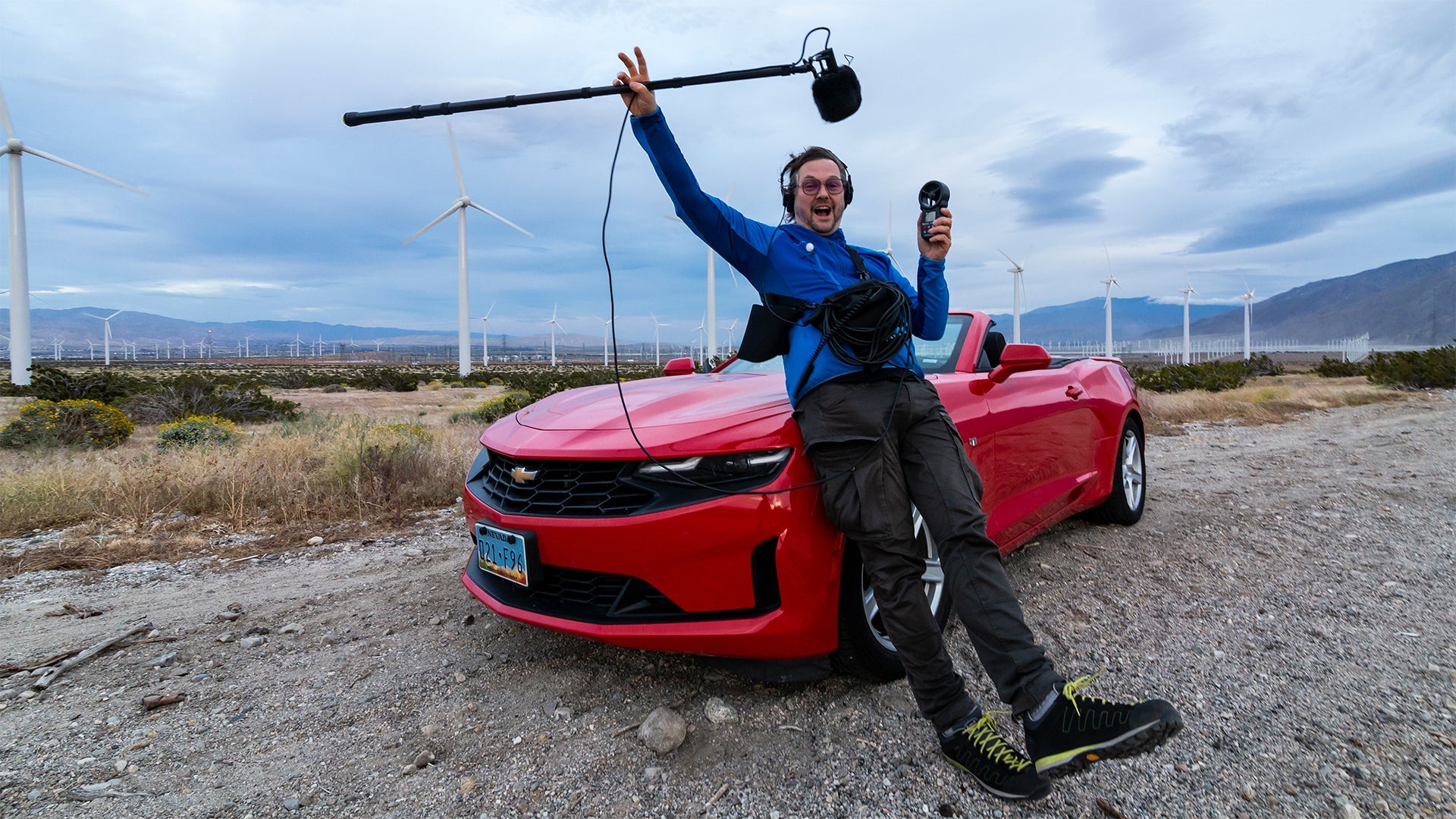Field Recordist George Vlad from Mindful Audio gives valuable insight into recording wildlife using drop rigs in his new YouTube series, “Field Work and Bushcraft”. Find out how he makes up his drop rigs and watch his video guide below.
What’s a drop rig?
In short, a drop rig is a dry bag with all the requirements for a stereo field recording setup contained in it. George Vlad is a skilled wildlife field recordist and has a lot of good advice on how to prepare the perfect drop bag, selecting your gear and deploying it successfully.

What to include in your drop rig:
- A watertight dry bag
- Two omnidirectional microphones, George prefers Lom MikroUši capsules
- Two Windbubbles (size two in George's case)
- A digital recorder with mic preamps - Sony PCM-D100 or PCM-D10 for eg.
- Electrical tape
- Cable ties

The Sony PCM-D100 runs for between 20-22 hours on 4 AA batteries. According to George, the preamp quality is good and the sound quality is excellent. It can be used with the on board microphones, but for drop rig purposes George recommends using external microphones for the best results.
He stores the MikroUši mics, Windbubbles, some clips and, most importantly, a silicon gel packet in small plastic containers for travelling. On returning the equipment to the container after use it can often be wet, or damp, and having the silica gel packet helps to reduce issues with humidity. Lastly, George carries electrical tape, which is useful for a number of things, not least taping microphones in place to branches. It’s also handy to include some cable ties for a more heavy duty bind if needed.
“They’re Brilliant. They work really well against wind. They protect against humidity to a certain extent. Not 100%, but they’re still good and I wouldn’t leave my rig out without these.”~ George Vlad on Windbubbles
The idea is that you prepare a number of these before travelling to remote locations and leave the recording rigs out in an optimum spot for a day or more, so as not to disturb the natural environment with your presence. Having more than one rig is a good idea, in case you lose one to wildlife or the elements.
There is danger involved, of losing your equipment to wildlife or humans while unattended. This comes with the territory and it’s a risk worth taking for a good recording. Rodents tend to gnaw through mic cables on occasion, though George has a tip on this subject: “I think they are more attracted to the lighter colour [Windbubbles], so if you can avoid using those - you can use black or dark colours…”

A rodent chewed through this mic cable, protected by a white Windbubble

The Twin Windbubbles attached to a tree branch with electrical tape

The Sony PCM-D10, another favourite digital recorder of George Vlad
Watch his video guide
Thanks for the tips George! We’re off on a little wander into the mountains now…



